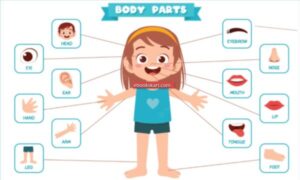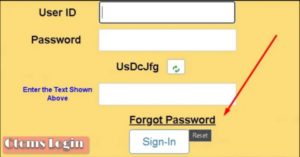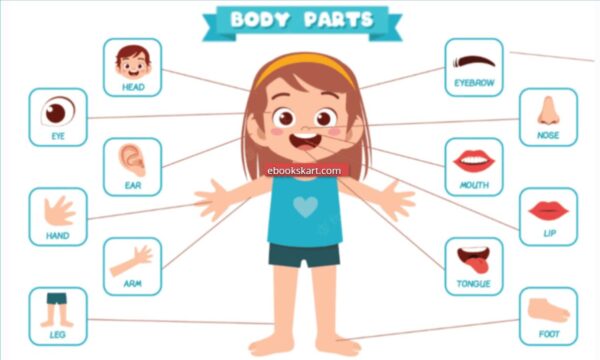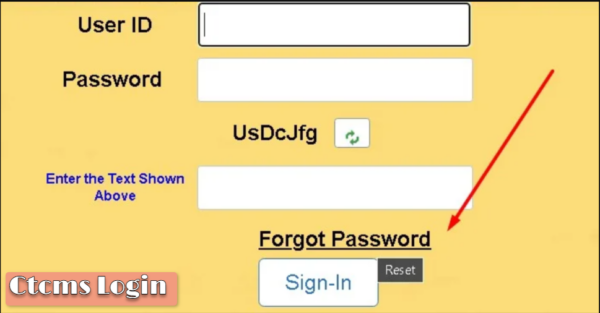Making a good speech is an art. It may be a presentation or just a good old oratory jig. The truth is, unless you employ some specific practices, you will end up as just another guy standing at the front babbling for god knows how long. And at Unemployed Professors, we are here to help.
This list of hacks you can use on your speech might not make your speech like the ones on Viking movies that inspire warriors to charge and eviscerate the enemy but it will guarantee maximum success and the attention of your audience to the very end.
The hacks are divided into three parts;
- Preparing for the speech.
- Before the Speech.
- The speech itself.
1. Preparing for the Speech
The items listed below should be done in preparation for the speech and should help in delivering a powerful and efficient speech.
a) Recon visit to the room
The essence of visiting the room in which the speech is to be made is purely psychological. When you visit the room the speech is to be made, you familiarize yourself with the area. Stand at the front, take a deep breath and imagine that the room is filled to capacity with your would-be audience. This will help a lot in prepping yourself for the real speech or presentation.
If you wish, you can also try telling the speech or making the presentation to the empty room. This will help in getting over anxiety that grasps even the best of us before public speaking.
b) Prepare Your material
After watching numerous episodes of Seinfeld and comedians and presenters alike, even the best orators require some material before making the speech.
Whether it’s a presentation, a motivational talk or any public speaking you have to do, ensure you have an entire structure of what you want to talk about. This can be a general random topic or a given one.
You can then outline the small specific areas you want to talk about and make some short notes that will remind you of the areas you need to cover.
c) Preparing your slides
This section applies only if what you are doing is a presentation. A poor slide can ruin your entire presentation. In order to make a great slide, there are several points you have to observe;
- Ensure that the content on the slide is as minimal as possible. If all the content is on the screen, this will not only distract the listeners but also render you useless since all you have to say is on the slide.
- After getting the main points off the slide, you should turn off the slide to reacquire the attention of the listeners.
- Ensure the slide is as less distracting as possible. The colors on the slide should not have too much contrast. The background image should also be a dull but a little relevant picture or non-existent at all if not necessary.
- Use a large font size at your slides. This will prevent the audience from spending too much time struggling to read from the slide.
- Also use as few slides as possible. Navigating through slides takes away valuable time and the attention of you listeners as well.
2. Before the speech
The following things should be done just before you do your presentation while the audience is all settled and presumably, you are at the front.
a) Shut Up
Am sure this sound like a weird thing but a moment of silence just before you start your presentation is sure to capture the attention of your listeners before you begin.
Rumor has it that this was a favorite of Napoleon Bonaparte, the French revolutionary leader of the late 18th century and emperor of the early 19th century. The short tyrant would stand in front of his soldier for about a minute and this would increase the awe and respect the soldiers held him in.
You might not be rallying militiamen for a conquest, nor is it wise to keep millennials waiting for a minute before saying a word but a short silence will get you the much needed attention for the start of your oratory session.
b) Establish a rapport with your audience.
While observing your moment of silence, you can take the time to create a personal rapport with much of your audience.
Scan for a friendly face, maintain eye contact for some time and smile. If they smile back, know that they have your attention. Do this for some few more faces. Even after beginning with your speech, make sure that you maintain a rapport with each one of your audience, unless you are addressing an entire amphitheater.
c) Kick starting your speech
Cliché as it sounds, the best way to start your speech would be with a story, or an anecdote, or a joke, wherever your strengths lie.
It doesn’t matter if the story has been retold a million and one times, if you tell it with enough gusto and energy and make it look as if it’s your first time telling it, the story will capture the attention of your audience doubtlessly.
It would also help if the story is related to the topic you will be speaking about because the story will also be one of the most memorable moments of your speech or presentation if done correctly.
Act out the story. Live the story. Animate the story then while basking in the attention brought about by the story, begin with your speech.
3. The Main Event
This section is about the things you can do to ensure the effective delivery of your speech and presentation.
a) Proper timing
One major mistake most speakers make is to focus too much on the introduction and spend too much time easing the audience into the topic at hand. The end result of this is having to rush through the other areas in order to finish the presentation within the allotted time.
However, the hallmark of a competent orator is knowing how they can properly manage their time. A goo presentation has three key facts.
- Beginning – This is where the speaker starts the presentation, either with an anecdote or story and then an introduction of the topic at hand
- Body – This is the part of the speech/presentation that the speaker delivers the main points of the speech.
- Ending – In this part, the speaker wraps up by further re-emphasizing the key points of the presentation.
For the speaker to therefore manage their time, they need to know beforehand how much time they intend to spend on the entire speech and then properly subdivide the time between the aforementioned three areas.
b) Be enthusiastic
There’s nothing the audience hates more than a half-assed presentation. If you lack the energy, so will your audience. The audience is more often than not, a reflection of the speaker themselves, a point which most speakers tend to miss.
In order to ensure that your squad remains energetic all of the time, maintain the same energy that you started the presentation in. Keep up an enthused demeanor and the audience shall reciprocate in kind.
c) Humor will take you farther than you think
The audience appreciates humor, and you will too once you understand how much it aids in an effective presentation. Humor helps in several ways;
- Creates a bond with the audience – you cannot make someone laugh with a joke they can’t relate to. This creates a bond of shared experiences.
- A point made in jest will stick more to the listener’s mind than one made in astute seriousness. It helps in retention of the things you are saying and therefore ensures your presentation is effective.
- A humorous presentation will ensure that the audience is more attentive. It is a psychological way to keep your audience’s attention.
However, humor doesn’t have to be a wise-crack about some priest or a rabbi at some bar or a your mama joke, it can be just an observation you make about the audience, or a funny bit about your life and your experiences.
d) Verbal Flags
Verbal flags are a vital component in any verbal exchange. They let the listener know that anything you are about to say next is of importance.
Flags can be used anywhere in your speech but should be reserved for actual key points in your presentation. Some verbal flags include;
- One important thing to remember…
- This is of vital importance…
- The key argument is…
The speaker can identify if the flags have an effect on the audience by observing motions of the listeners such as sitting up, cocking their ears and putting pens on the ready if some are jotting down some notes.
They are a fundamental psychological aid in the effective presentation of a speech.
e) Make them move
This does not mean putting on some funky tune and making the listeners dance to it, though that could be a good idea. The point is to engage the audience in your presentation. This makes them feel as if they are part of what is going on.
Ask some questions and make them respond. Point to some random person and ask them to contribute. Lock eyes with another one as you make a point. All this is to ensure that the audience is with you every step of the way as you make your presentation.
You can also involve them in some exercises such as writing down challenges on a piece of paper, engaging them in group or pair activities to keep them lively because a bored mind is never a listening ear.
f) Pick a topic you are passionate about
Unless you are really bound by blood or an unbreakable spell to a certain topic, make sure that you talk about something you have a passion. Nothing ticks off than a rocket scientist giving a talk about marine biology.
The poor analogy aside, I’m quite sure the point has reached home. If you talk about something you do not love deep down, you will just be skirting at the edges of the topic and never really getting some concrete point on it.
The audience will notice this and divert their attention to the latest puzzle or strategy game or the latest instant messaging and social media app with posts of “boring talk” or some other equally catchy title.
g) Avoid disfluencies
Speech disfluency is the unintentional use of words not generally recognized as correct grammar. These are also known as false starts and include phrases such as “uh, um, you know, erm, like”. In as much as false starts give you time to think, avoid them at all costs. Fluent speech is key to a lively and effective speech.
h) Know your audience
Another step towards an exciting speech is knowing your intended audience and tailoring the content of your speech or presentation according to your audience.
i) Plot your exitMake your speech fun
Your last remarks should be a summary of your speech. You can use the ending to re-emphasize on the key points of your speech.
An anecdote can also be used at the end of the speech. This can be a new one or a twist to the one told at the beginning of the speech.
Also ensure that the end is short, brief and concise and has a sense of finality to it. This way, even those who won’t have paid attention to the rest of the speech can grasp a word or two in your exit summary.
Want more cool writing hacks? Visit our blog! If you need help completing your assignments on time, make use of our services and buy college essays at very affordable rates!








